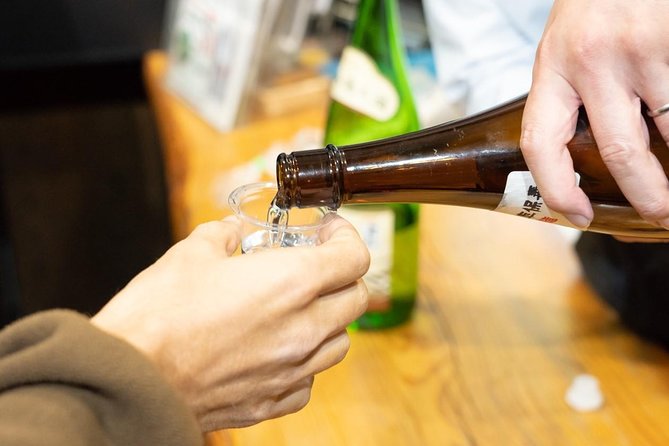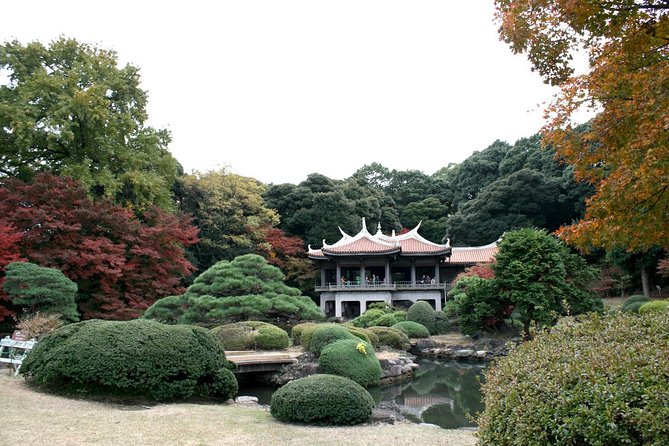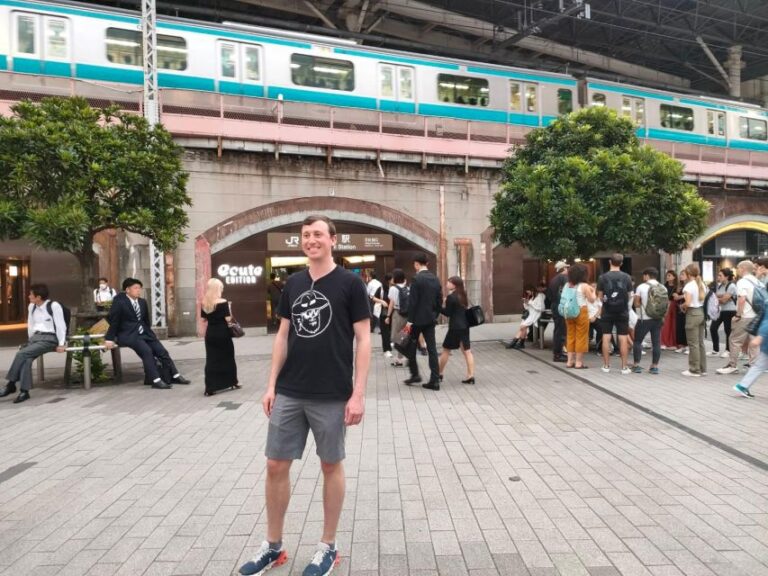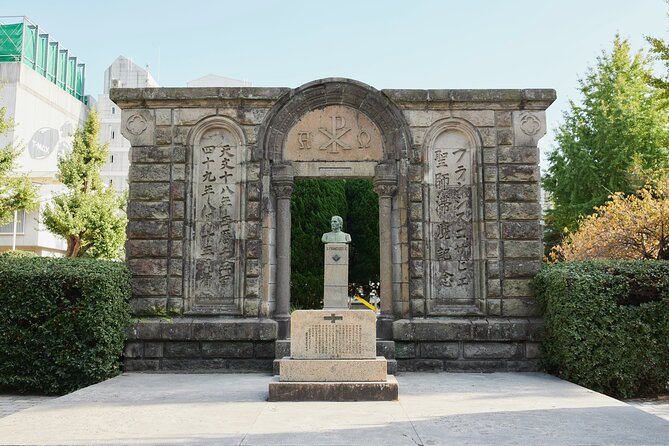Hiroshima Walking Tour Why a Bomb Was Dropped to Hiroshima
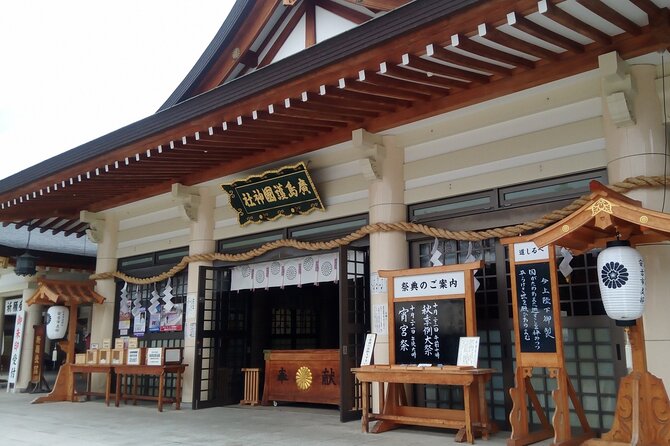
As visitors walk through the haunting remnants of Hiroshima, the question lingers in the air: why was a bomb dropped on this city?
The Hiroshima Walking Tour offers a unique opportunity to explore the layers of history and untangle the complexities behind this pivotal moment.
Uncover the motivations, consequences, and lasting impact of the atomic bombing on Hiroshima’s landscape and its people.
Join this tour to gain a deeper understanding of the events that shaped not only a city but the course of history itself.
Key Points
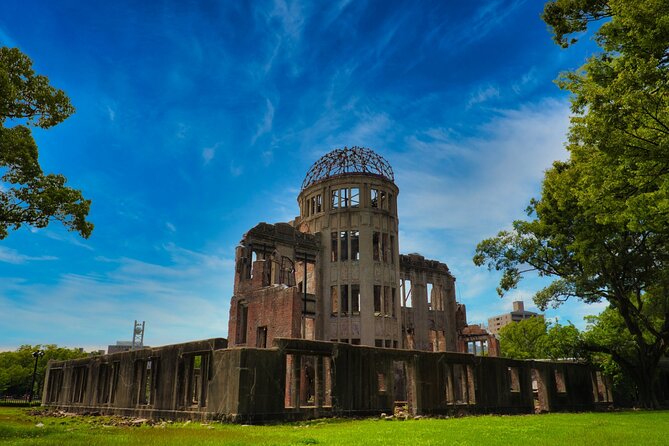
- The atomic bomb was dropped on Hiroshima in 1945 during World War II tensions.
- Hiroshima’s bombing led to massive immediate casualties and long-term health effects.
- The Hiroshima Walking Tour educates on the devastation and peace monuments.
- Survivor stories from Hiroshima advocate for peace and nuclear disarmament.
It's also worth checking out some other tours and experiences nearby.
Historical Context of Hiroshima Bombing
In 1945, the United States dropped an atomic bomb on Hiroshima, Japan, leading to unprecedented devastation and loss of life. The causes of this catastrophic event trace back to the tensions and conflicts of World War II.
The consequences were immediate and severe, with estimates of around 140,000 people perishing in the bombing and its aftermath. Controversies surrounding the decision to use the atomic bomb still spark debates today, with arguments focusing on whether such extreme measures were necessary to end the war.
The legacy of the Hiroshima bombing is profound, serving as a stark reminder of the horrors of nuclear warfare and influencing international discussions on disarmament and peacekeeping efforts.
Impact of Atomic Bomb on Hiroshima

The atomic bomb’s impact on Hiroshima remains a harrowing testament to the destructive power of nuclear weapons.
The aftermath of the atomic bomb dropped on Hiroshima on August 6, 1945, was catastrophic. The city was left in ruins, with buildings reduced to rubble and a staggering number of casualties. The devastation was immense, with an estimated 90,000–146,000 people killed in the immediate aftermath, and many more suffering from injuries and radiation sickness.
The impact of the bomb was felt for generations, with survivors experiencing long-term health effects and the city facing the daunting task of rebuilding amidst the destruction. The Hiroshima devastation serves as a stark reminder of the devastating consequences of nuclear warfare.
Tour Itinerary and Key Sites
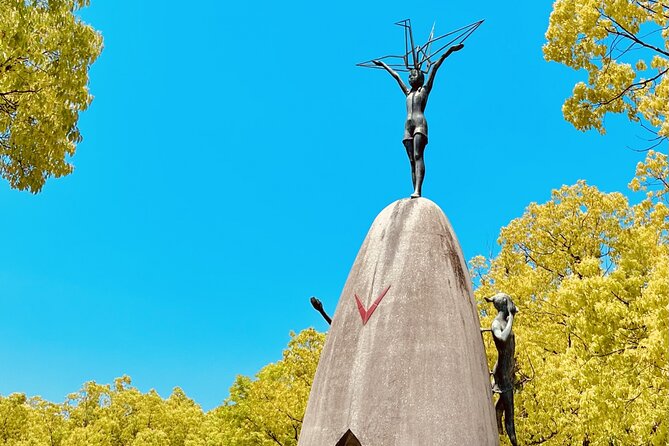
Amidst the historical significance of Hiroshima’s atomic bomb impact, the tour itinerary unveils key sites that offer a profound insight into the city’s past and present. Travelers embark on remembrance walks through peace monuments, witnessing firsthand the aftermath of atomic devastation and the ongoing rebuilding efforts.
The tour commences at the solemn Hiroshima Gokoku Shrine, setting the tone for a reflective journey. Participants then visit poignant sites like the Hiroshima Peace Memorial Park, a testament to resilience and peace. The itinerary includes stops at the Atomic Bomb Dome, demonstrating the destructive power of war, and concludes at the Hiroshima Peace Memorial Museum, providing a comprehensive understanding of the city’s history.
This tour not only educates but also honors the memory of those affected by the tragic events of the past.
Stories of Hiroshima Survivors
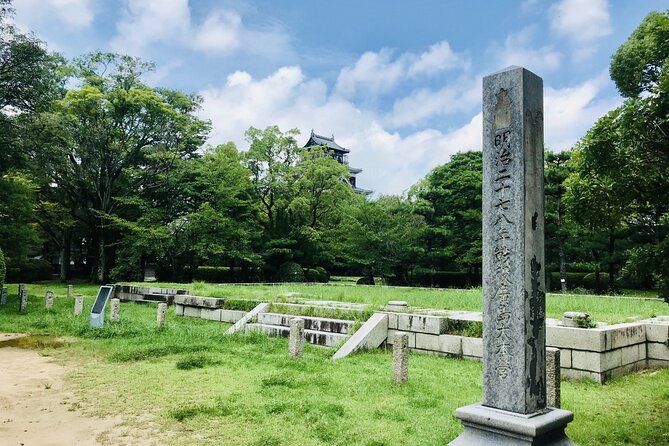
As you listen to the stories shared by Hiroshima survivors, their resilience and unwavering spirit in the face of adversity become profoundly evident. Survivor testimonies vividly depict the harrowing experiences they endured during the atomic bomb aftermath. These firsthand accounts offer a glimpse into the immediate chaos, destruction, and suffering caused by the bomb’s impact on the city and its inhabitants.
Through their narratives, survivors convey not only the physical devastation but also the emotional and psychological toll the event took on their lives. Despite enduring unimaginable horrors, many survivors have shown remarkable strength in rebuilding their lives and advocating for peace. Their stories serve as powerful reminders of the urgent need to strive for a world free of nuclear weapons.
Reflections on Peace and Reconciliation
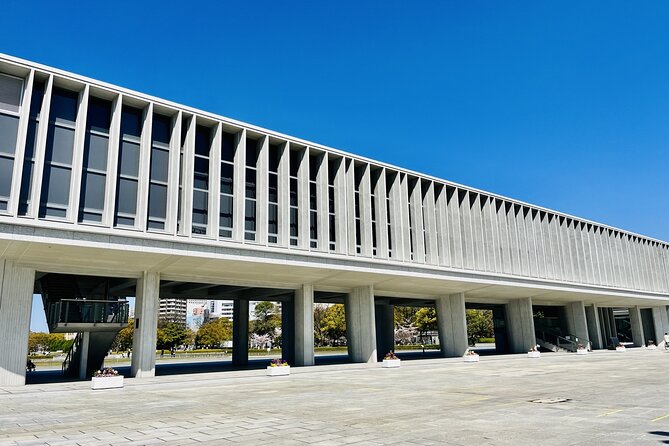
In contemplating peace and reconciliation in Hiroshima, one can’t overlook the profound impact of collective healing efforts. The city has become a symbol of resilience and a beacon for peace education worldwide. Through initiatives like the Hiroshima Peace Memorial Museum and the annual Peace Memorial Ceremony, Hiroshima actively promotes the importance of nuclear disarmament and fostering understanding among nations.
These efforts serve as reminders of the devastating consequences of war and highlight the necessity of working towards a world free of nuclear weapons. By engaging in dialogue, education, and advocacy, Hiroshima continues to inspire global movements for peace and reconciliation, emphasizing the shared responsibility to prevent future tragedies.
Frequently Asked Questions
Is Lunch Included During the Hiroshima Walking Tour?
During the Hiroshima walking tour, participants have food options available for purchase during tour breaks. Local cuisine is recommended, catering to various dietary restrictions. Lunch is not included in the tour price.
Are There Any Restrictions on Photography During the Tour?
Photography restrictions exist on the tour due to the historical significance of the sites visited. Participants are asked to respect these guidelines to preserve the solemnity of the locations and the memories of those affected.
Can Participants Purchase Souvenirs Along the Tour Route?
Participants can enjoy gift shopping and buy cultural mementos along the tour route. Various souvenirs are available for purchase, allowing travelers to take home a piece of Hiroshima and remember their experience.
Are There Restroom Facilities Available Along the Tour Route?
Restroom breaks are crucial during the tour. Tour logistics ensure restroom facilities are available along the route. Participants can easily access these amenities for comfort and convenience while exploring Hiroshima’s historical sites.
Is the Tour Guide a Hiroshima Local or a Trained Historian?
The tour guide offers a local perspective with historical accuracy. Visitors benefit from insights shaped by Hiroshima’s unique context. Whether a Hiroshima native or trained historian, the guide ensures an enriching experience for all participants.
Recap
Join us on this unforgettable walking tour of Hiroshima to uncover the historical context behind the atomic bombing, explore key sites, hear stories from survivors, and reflect on peace and reconciliation.
With wheelchair and stroller accessibility, this intimate tour ensures all can participate in this enlightening journey.
Enjoy the rich history of Hiroshima and gain a deeper understanding of why a bomb was dropped on this resilient city.
Book your tour today and embark on a meaningful exploration of Hiroshima’s past.

